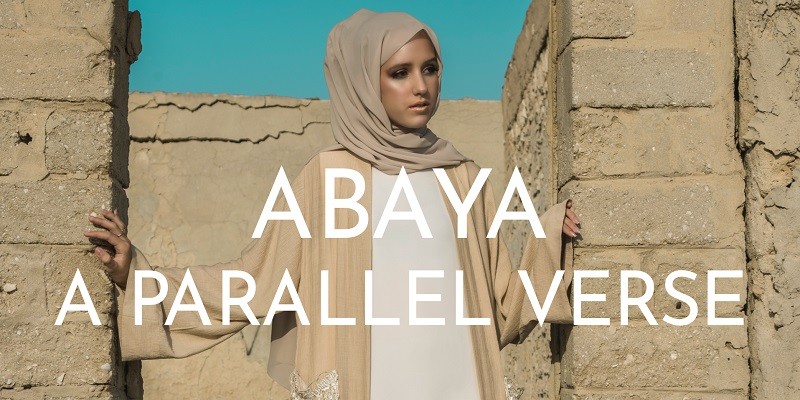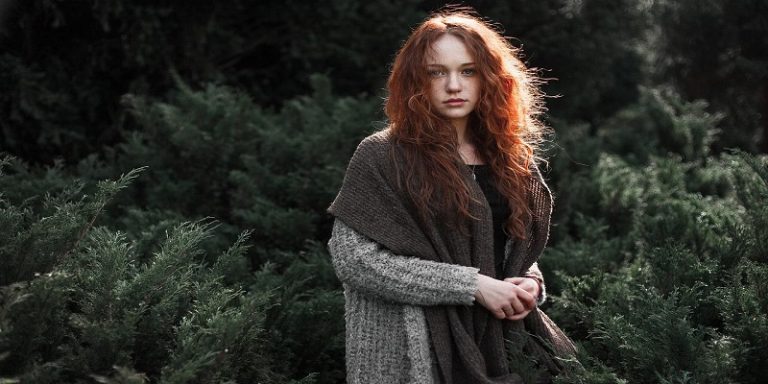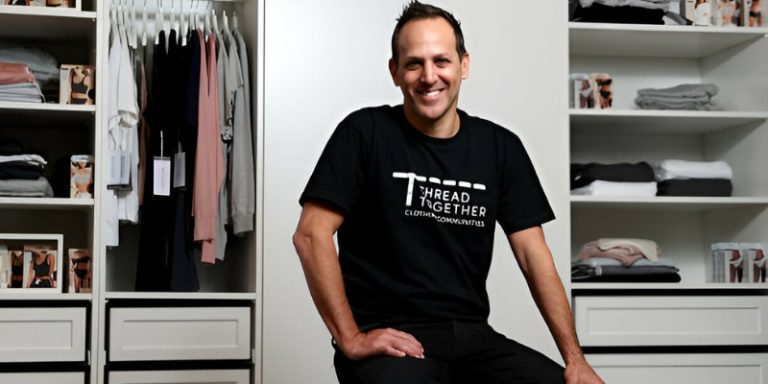Abaya, A Parallel Verse Across Cultures
Last Updated on June 18, 2025 by Jaclyn A. Neeley
We live in an era when times are challenging the traditional ways of making and wearing clothes. thowby does the job of preserving culture and modernizing it at the same time with its designer abayas.
Many people consider fashion to be ephemeral and frivolous, but thowby sees it as a creative, enterprising, multifaceted industry that is essential to economic and personal well-being. thowby ثـوبـي is a signature ABAYA Boutique based in Dubai, UAE.
Fashion is very meaningful. It’s no surprise that communities have used clothing to communicate status, celebrate important events, and show unity, among other things, for centuries.
Excerpt from the founder’s message:
“I have recently felt that the nature of the abaya is drifting away from its origin of purpose. My main objective in creating thowby ثــوبــي was to revive and reintroduce the essence of the traditional abaya in a way that would incorporate the current styles and trends of the fashion industry without abandoning the garment’s original intent to be a modest covering.
Each of our thowby ثــوبــي designs reflects my commitment to combining fashion and modesty to create abayas for every occasion. And although most of my designs are inspired by the Arabian Gulf heritage, I target to dress women all over the globe who choose to wear modest clothing regardless of their ethnicity, background, or religion.“
Each piece of clothing we buy represents a personal choice – it is this inherently human relationship between us and our clothing that makes it influential. What we wear reflects how we see the world and how we want others to see us.
Different cultures have similar ideas about traditional clothing that is still worn today.
The Middle East has Abayas, Ethiopia has Ethiopian capes like Habesha Kemis and Bernos, Japan has Kimonos, Indonesia has Kebaya with its elegant lace ornamentation. Likewise, Hanbok is a traditional Korean dress. Agbada, a flowing wide-sleeved robe worn in West Africa and parts of North Africa, is popular in Nigeria.
The Huik from the Netherlands, the Stola was worn by Roman women, Melaya luf from Cairo and Alexandria and Yelek in general from Egypt, and Kaftan from Morocco. All of these traditional garments are arranged in a robe-like fashion. This just goes to show that our clothes are more than just a piece of fabric sewn together to serve our needs; they are also a reflection of our identity and culture.
This serves as a symbolic meaning and a source of inspiration for creating a new fashion design. thowby’s reach extends across cultures and countries such as Jordan, Russia, the United States, and the United Kingdom due to its high-quality fabrics and versatile design.
Traditional Middle Eastern costumes could be viewed as a blue ocean and a fashion niche market. As a result, thowby is a kaleidoscopic and colourful universe for abayas with customers from all over the world.







